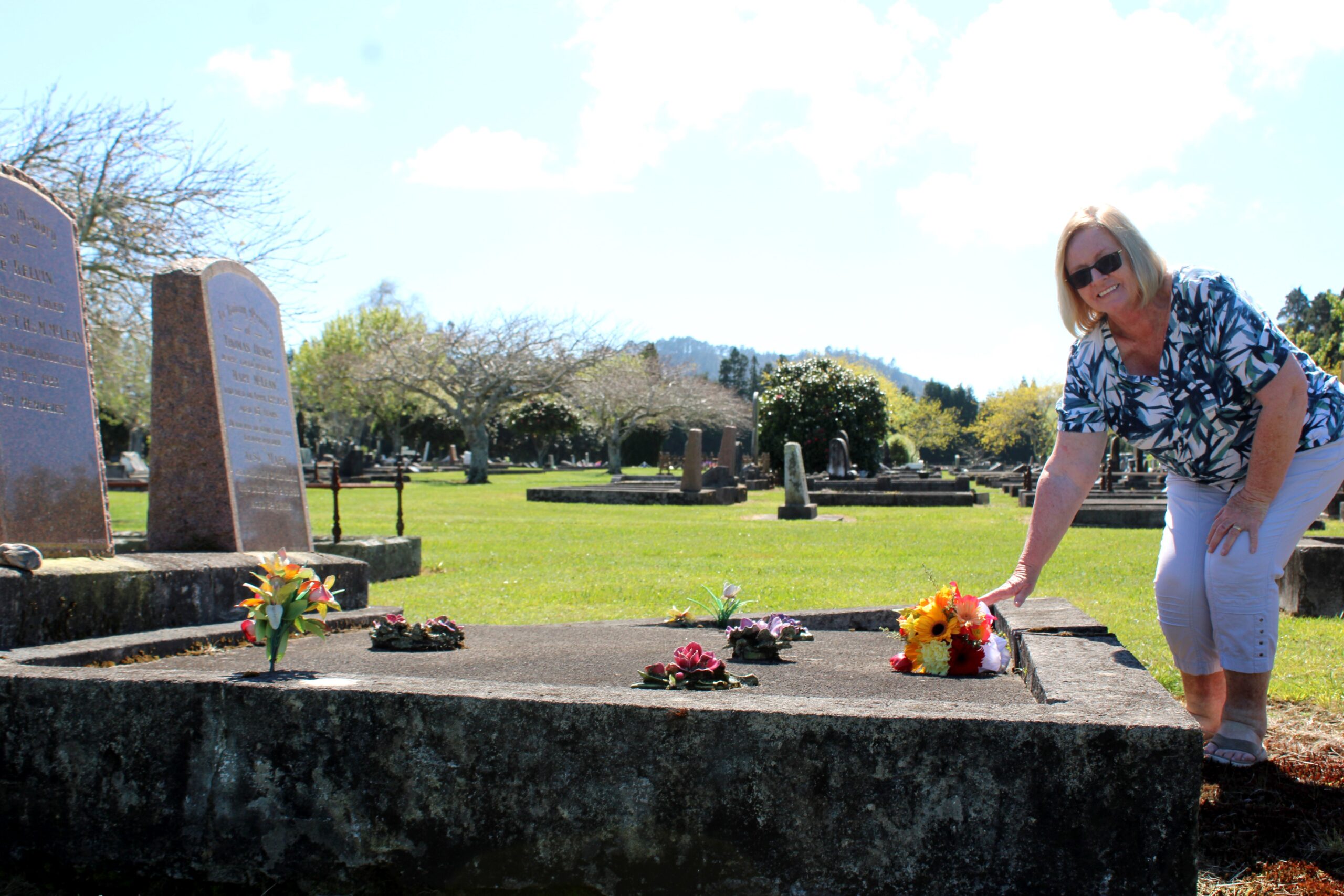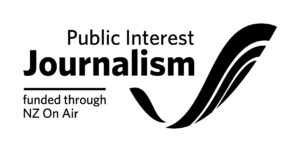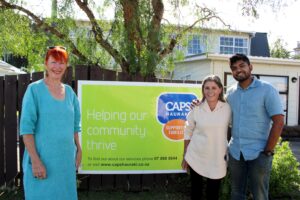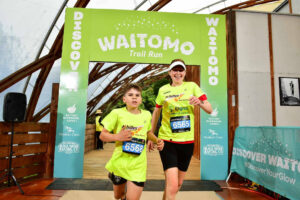One hundred years to the day, Estelle Walsh walks through Waihī Cemetery placing flowers on the headstones of the boys who lost their lives in New Zealand’s first and only school shooting.
It was October 19, 1923, when a gunman, John Christopher Higgins, entered Waikino School, wounded the headmaster, and shot at the children.
Headmaster Robert Theodore Reid survived. Nine-year-old Charles Alan Stewart, and 13-year-old Kelvin Maurice McLean did not.
“They’ve got to be acknowledged,” she says.
Estelle’s dad Johnny Monehan was 11-years-old when the shooting broke out at the school, tucked within the Karangahake Gorge.
“He heard the gunshots and the kids either climbed out or jumped out [of the windows], but he and his friend Harry Shaw hid under the table first.
“Then, they went and hopped into a cupboard and stayed there until everything had calmed down.”
Eventually, the boys climbed out a window and ran to where their teacher was. But then, Johnny remembered his lunch and raced back inside to fetch it.
It sounds humorous, and when Estelle and her brothers first heard the story, it was, but the reality, she learned, was much more serious.
“His step-father used to beat him for anything, and he didn’t want to get beaten for not eating his lunch,” she recalls. “My father said that his teacher was horrified when he ran back to the classroom, but happy when he got out safely. She told him off real good.”
Estelle says her dad didn’t talk about the death of his classmates, choosing to “keep that to himself”, but his trauma continued when he and school friend Harry Shaw enlisted in World War II in their late-20s.
“They went overseas and were together when they heard the Germans coming. Dad went one way and Harry ran the other and stood on a mine. Dad had to leave him there, and that hurt him even more.”
On the day Estelle walks through the cemetery, placing the flowers on the headstones of Charles and Kelvin, the sun is out and shining.
She, and other members of the New Zealand Society of Genealogists’ Waihī branch, agree that the shooting should be remembered more often than not.
“It should be remembered, definitely,” branch convenor Vicki Beveridge says. “You’re talking 100 years ago now and there’s people who don’t know about it, and I think that’s quite sad – because these are still someone’s children.”
Around five years ago, comments were made regarding whether or not there should be a memorial at Waikino, and fellow geneology member Harriet Taylor stands by her belief that it should be up to the people of Waikino to make that decision.
“I do know that there’s some for and some against the whole thing,” she says. “There’s some who don’t want to know, but there are others who want to remember.”

Estelle Walsh places flowers on the headstones of the boys who lost their lives in New Zealand’s first and only school shooting. PHOTO: KELLEY TANTAU
100 years on: Waikino School shooting ‘worth remembering’




